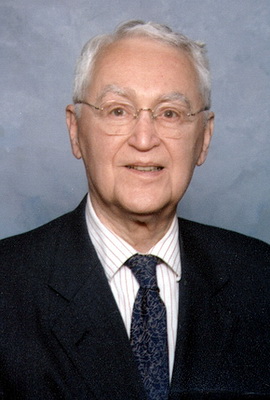
Beasley-Murray - Jesus and the Last Days
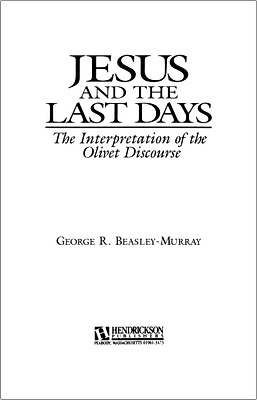
In the summer of 1952 1 completed the writing of a dissertation entitled “The Eschatological Discourse of Mark 13, with particular reference to the rise and development of the Little Apocalypse Theory.” The theme had been selected in view of the notorious difficulty and complexity of the task of interpreting the chapter. In my innocence I set out to read all the literature on Mark 13 that had been produced since the rise of modern criticism of the New Testament. I speedily discovered that I had embarked on an all but impossible task. The literature on the subject was enormous. That was due in part to the immense interest in the eschatological discourse in the mid-nineteenth century and the years that followed. In view of the nature of the discussions that had appeared, the discourse was not merely notoriously difficult; it had become just simply notorious, and a stumbling block to faith. On the other hand the appearance of Albert Schweitzer’s Quest of the Historical Jesus early in the present century demonstrated the importance of eschatology in the proclamation of Jesus; inevitably that led many to examine afresh the teaching of Mark 13, and the solutions of its problems became increasingly diversified.
My investigation was divided, like Gaul and all good sermons, into three parts: a historical review of the criticism and interpretation of Mark 13 from the rise of modern criticism to the time of writing; the theology of Mark 13 and its relation to other eschatological passages in the New Testament; and finally a commentary on the chapter. The British publisher Macmillan agreed to issue the work in an abbreviated form and without the commentary. It appeared under the title Jesus and the Future and went into two editions. At the urging of several scholars, notably W. G. Kummel and G. D. Kilpatrick, I revised and expanded the original commentary, and it was published by Macmillan with the simple title A Commentary on Mark Thirteen.
Various colleagues in later years have suggested that Jesus and the Future should be reissued. That, I knew, was impossible without serious revision, which I was unable to give. Curiously, in spite of all the discussions on Mark 13 that continued for over a century, only one book had been written on the discourse prior to my own work—a slender but splendid little volume by F. Busch entitled Zum Verstandnis der syn- optischen Eschatologie: Markus 13 neu untersucht. Perhaps due to its appearance shortly before World War II, the book was little known in the English-speaking world, but it was widely discussed in Germany. A few years after the publication of Jesus and the Future, books on the eschatological discourse began to flow in an unprecedented manner. Since the mid-1950s no less than twenty works on the discourse, some very lengthy, have appeared, most of them on Mark 13, but some on the versions in Matthew 24 and Luke 21. But a further factor emerged: while I was writing my dissertation, Bornkamm, Marxsen, and Con- zelmann were busily engaged in formulating redaction criticism of the Gospels. Significantly, a considerable portion of Marxsen’s book Mark the Evangelist: Studies on the Redaction History of the Gospel was devoted to a study of Mark 13 to demonstrate how redaction criticism worked in practice. Since then the method has informed and stimulated a large number of studies on the eschatological discourse.
In revising and updating the original work it was necessary to modify its structure. The first four chapters, surveying the investigation of Mark 13 up to 1950, have been allowed to remain. They reflect a certain liveliness of style, not to say impudence, characteristic of the young. A historical review of studies that appeared between 1950 and 1991 is contained in chapter 5. In view of the extraordinary diversity of views on the origin and interpretation of Mark 13 that has continued to manifest itself, it has seemed right to present the contributions of scholars separately, and not summarily to categorize their views. This is particularly important with regard to the monographs on the discourse, some of which have made unique contributions to our understanding of the discourse. In place of a section on the relations of Mark 13 to the rest of the New Testament I have given an account of my own thoughts on the origin and development of the discourse, and of some theological issues discernible within it. Above all, the book concludes with a fresh commentary on the discourse. It has been written in the light of the labors of many scholars during the past forty years. It is intended as a monument to their toil, and I hope not an unworthy one.
Beasley-Murray, George Raymond - Jesus and the Last Days - The Interpretation of the Olivet Discourse
Peabody, MA: Hendricksen Publishers, 1993. – 532 p.
ISBN 0-9435 75-3 7-0
Beasley-Murray, George Raymond - Jesus and the Last Days - Contents
Preface
Abbreviations
- 1. The Presuppositions and the Formulation of the Little Apocalypse Theory
- 2. The Development of the Little Apocalypse Theory
- 3. Other Theories Concerning the Origin of Mark 13
- 4. Attempts to Vindicate the Eschatological Discourse
- 5. Contributions Since the Rise of Redaction Criticism
- 6. A Fresh Approach to the Discourse of Mark 13
- 7. A Commentary on Mark 13
Select Bibliography
Index of Modern Authors
Scripture Index
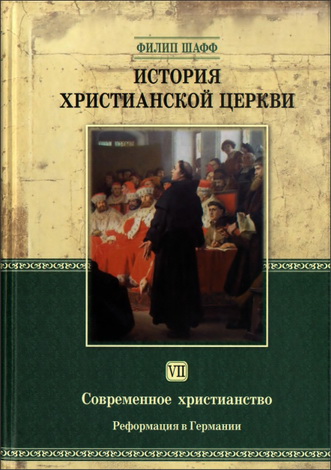
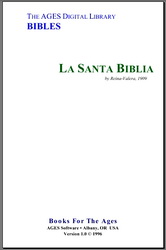
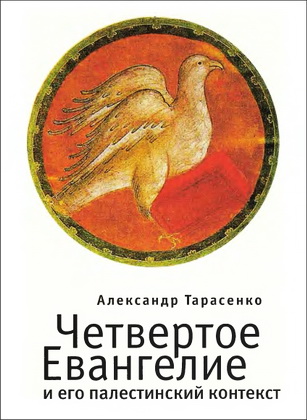
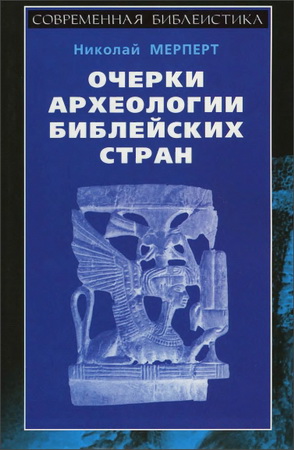
Комментарии
Пока нет комментариев. Будьте первым!